I have different 4.5v small LED circuits (from 100mA up to 350mA consumption, with some 555 ICs) that I'd like to power using a small regulated USB wall charger (4.95V output, 0.8A).
As per my understanding (I'm new to electronics...) I can calculate the proper resistor for each circuit knowing the current. However I'd like a solution that can sustain 4.5V regardless of the current (within the limits above).
I've been reading about voltage dividers and zener diodes, however I'm not sure about the best approach for this small drop. What would be the the best way?
Update: these are independent small lighting circuits that I've build for small models, powered by 3 1.5v batteries. The problem I'm experiencing now is that the voltage of the batteries drops in time, dependent on the type (rechargeable, etc.) and brand. For example, because 3x1.5v = 4.5v, I've used some LEDs with fV 2.1 in series with a small resistor, to make a more efficient use of the drained current. However in time the batteries V drops to 3.8v, below the minimum level the LEDs need, affecting their brightness (and a new set of batteries is 4.8V!). In hindsight, maybe I should have considered a regulated power supply from the start, instead of trying to compensate for the variable V in the batteries during their lifetime... I might post a new question about this topic, but feel free to comment on this too :)

